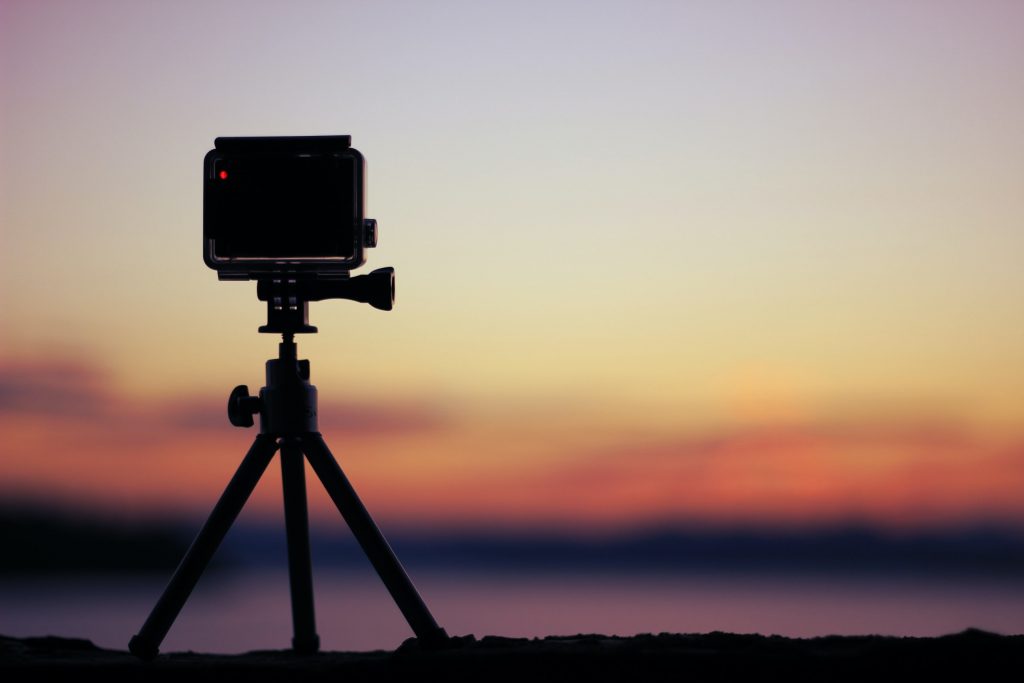Accessories may be a photographer’s best friend but, at the same time, they may become a burden. Even if you only use a camera bag, a tripod, some filters, and an external flash, you will still carry a few extra kilograms and need a system to keep things organized and safe.
So, instead of buying the cheapest tripod or switching to a new model each year, make an informed and personalized decision from the beginning. Here are the most important features to consider when buying a tripod.
Necessity: Do You Need a Tripod?
This is the most important question. Tripods are marketed as essential accessories that every photographer needs. Well, that’s not always the case. If you take perfectly sharp photographs with a handheld camera, you don’t need a tripod. For example, if you have a small camera (e.g., smartphone, compact, mirrorless) and wide-angle lens and use fast shutter speeds, the risk of camera shake is very low.
Even when you do need some sort of camera support, you don’t necessarily need a tripod. A monopod may work very well for you. Monopods are lighter, easier to set up, and more versatile. For example, you can push the monopod into the ground for stability or hold it to give the camera more height. Some models have little feet that allow the monopod to stand on its own.
So, make sure you need a tripod.
Minimum and Maximum Heights
The minimum and maximum heights a tripod can reach influence framing and composition. For example, macro photography requires you to get very close to a tiny subject. If you photograph insects and flowers, the tripod should be able to get very close to the ground. Hence, a short minimum height.
Photo by Kameron Kincade on Unsplash
On the contrary, if you photograph wildlife or sports events, you may want a high maximum height to be able to shoot at long distances, above bushes, or the audience.
Load Capacity
The best tripod in the world is worthless if it can’t support the load of your camera, lens, and other accessories. Often, the maximum load capacity is correlated with the weight of the tripod. Lightweight tripods can support fewer kilograms than heavy tripods. It’s a compromise you have to make.
Photo by Jonathan Mabey on Unsplash
Stability
The stability of a tripod is given by its ability to stand on different surfaces. If you are a studio photographer, the feet of the tripod doesn’t matter too much. But if you are an outdoor photographer, you should carefully examine the feet: how many of them, how well spread, how slippery, the material, etc. You should also check if the tripod’s legs are individually adjustable or flexible and provide stability on uneven surfaces.
Photo by Marek Piwnicki on Unsplash
Portability
Portability includes a couple of features such as weight and design. Compact, lightweight tripods are easier to carry and more discrete. If portability is important to you, look for aluminum or carbon fiber tripods with multiple leg sections. However, heavy-duty portable tripods are more expensive.
Durability
It’s not enough to choose the best tripod for you to rely on it forever. You also need to choose a high-quality product, solid and weather-resistant. See what other people have to say about the durability of the tripod you like.
Photo by Sahand Hoseini on Unsplash
Having a tripod at hand gives you more artistic freedom and allows you to take pictures in any lighting condition. Choose a product that suits your style and workflow and use it for as long as possible. We hope this helps you when buying a tripod.
Cover photo by Frame Harirak on Unsplash

